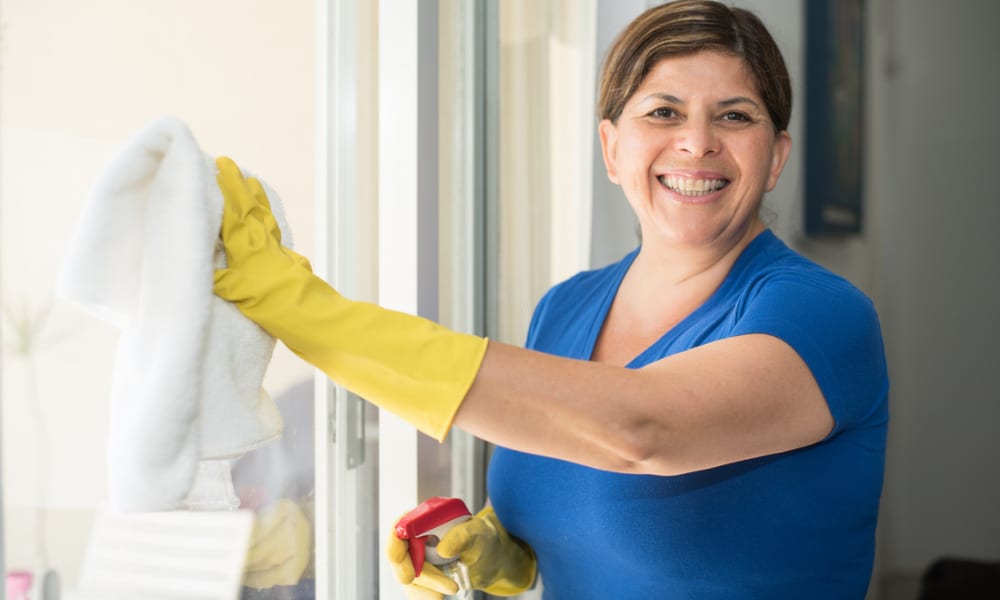Window cleaning is a straightforward task when you understand the right tools and sequence. Clean windows improve light, visibility, and the perceived upkeep of a building, whether for a home or business. This guide explains practical steps, common problems with glass, proper use and care of a squeegee, why a microfiber cloth matters, and how to choose a cleaning solution. It also covers safety and tips for hiring local services when a job is too large or high for DIY. The goal is to give clear, actionable information so readers can achieve streak-free results with safe, repeatable techniques.
A reliable window cleaning workflow begins by removing dust and loose debris, applying a cleaning solution, and finishing with controlled drying. Start by brushing frames and sills with a dry brush or cloth to avoid transferring grit across the glass. Apply a cleaning solution with a spray bottle or a bucket and scrub with a soft scrubber or mop. Use a consistent pattern—top-to-bottom and left-to-right—to ensure full coverage. Finish with a squeegee in overlapping passes to remove water, then touch up edges and corners with a microfiber cloth to capture remaining drips and lint.

Glass: understanding common types and issues
Different types of glass behave differently when cleaned. Single-pane glass tends to show streaks and smudges more readily, while low-e or coated glass may require gentler cleaners to avoid damaging coatings. Tempered and laminated glass are more durable but can have edge seals or films that trap dirt. Hard-water spots, mineral deposits, and adhesive residues are common issues; they often need a mild acidic solution or a dedicated remover. Always check manufacturer recommendations for coated glass and test a small area before full cleaning to prevent unintentional damage.
Squeegee: technique and blade care
A good squeegee improves speed and reduces streaks if used correctly. Hold the squeegee at about a 30-degree angle and pull in smooth, continuous strokes, wiping the blade after each pass to prevent redepositing water. For large panes, use overlapping vertical or horizontal strokes so each new pass removes the remaining moisture from the previous one. Replace or trim the rubber blade when it develops nicks or curl; a damaged blade is the most common cause of streaking. Store the squeegee dry and avoid exposing the blade to heat or harsh chemicals that can deform the rubber.
Microfiber cloth: choosing and maintaining
Microfiber cloths are preferred because their fine fibers lift dirt and absorb water without leaving lint. Choose a medium-weight, tightly woven microfiber for glass tasks; very plush cloths can trap grit. Use separate cloths for frames and glass to avoid cross-contamination. Launder microfiber without fabric softener or bleach, and dry on low heat or air-dry to preserve fiber structure. A clean, slightly damp microfiber cloth is ideal for final polishing and edge work after squeegeeing; it removes tiny streaks and polish residues left behind.
Cleaning solution: recipes and selection
Select or mix a cleaning solution that balances cleaning power and surface safety. A common DIY mix is warm water with a small amount of dish soap; for tougher grime, add a splash of distilled white vinegar to help dissolve mineral deposits. Avoid strong ammonia on coated or tinted glass and refrain from abrasive powders that can scratch. Commercial glass cleaners are formulated for streak-free finishes and often include surfactants and solvents that evaporate cleanly. Always test cleaners on a discreet spot for coated glass and rinse thoroughly if residues remain.
Conclusion
Consistent technique, the right tools, and appropriate cleaners make window cleaning more efficient and predictable. Address glass type and common problems before starting, use a properly sized squeegee and clean microfiber cloth for finishing, and select a gentle yet effective cleaning solution. For large, high, or complex jobs, consider contacting qualified local services that can provide safer, faster results. With basic care and periodic maintenance, windows will stay clearer longer and require less intensive cleaning over time.






